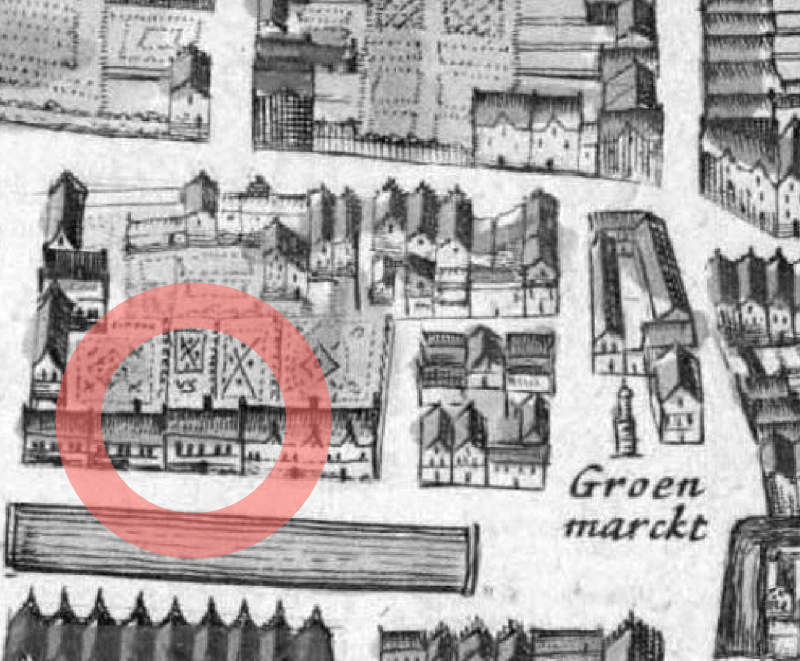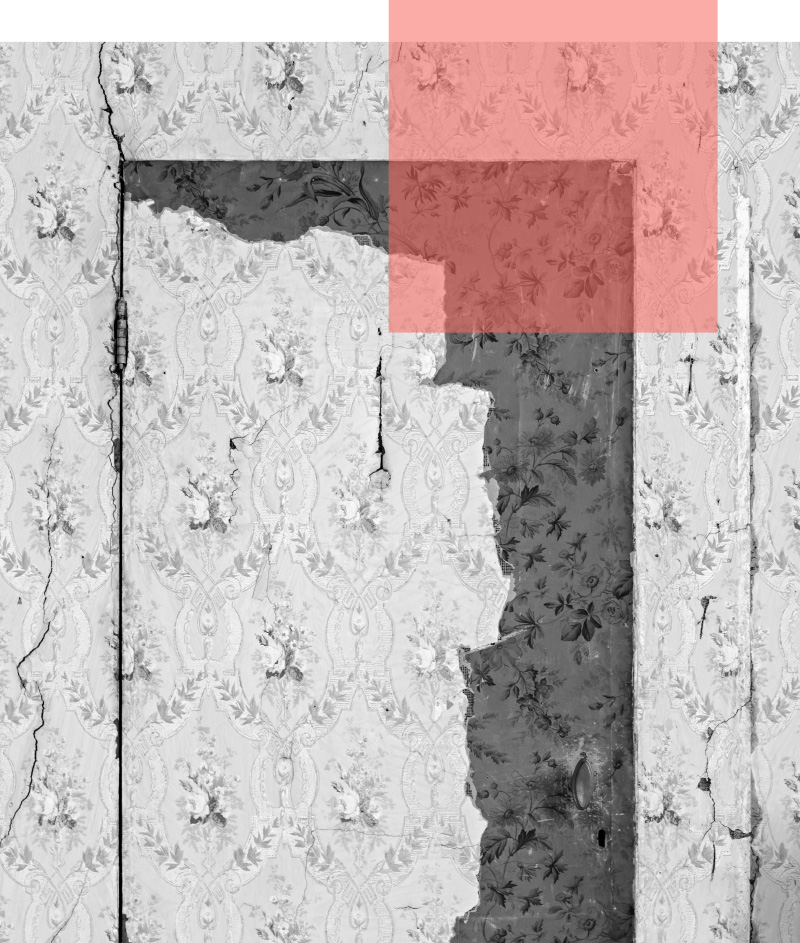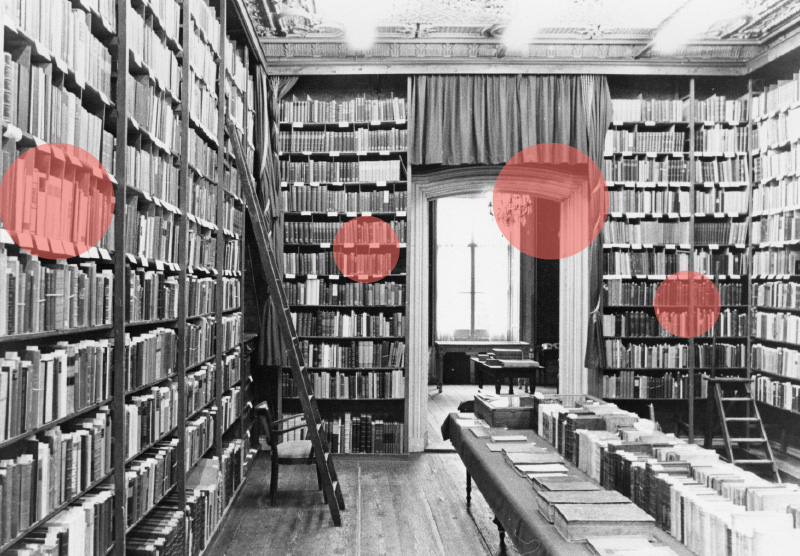
Huis Dedel
A short history of the Dedel mansion, known as “Huis Dedel”
century
Construction of Huis Dedel
Willem Willemsz Dedel was born in 1599 and was a lawyer by profession. In 1642 he had a stately mansion built on the newly constructed Prinsegracht. He almost certainly had the house designed by Pieter Post, who, together with Jacob van Campen, known for the Amsterdam Townhall, was also involved in the construction of the Mauritshuis and the Huygens Huis. The classical facade of Huis Dedel still carries the family coats of arms of Willem Dedel (left) and his wife Elisabeth Quartelaar (right).Willem Dedel was not able to enjoy his home for very long. He died in 1650, but the house remained in the family until 1798.

17th century
Construction of Huis Dedel
Willem Willemsz Dedel was born in 1599 and was a lawyer by profession. In 1642 he had a stately mansion built on the newly constructed Prinsegracht. He almost certainly had the house designed by Pieter Post, who, together with Jacob van Campen, known for the Amsterdam Townhall, was also involved in the construction of the Mauritshuis and the Huygens Huis. The classical facade of Huis Dedel still carries the family coats of arms of Willem Dedel (left) and his wife Elisabeth Quartelaar (right).Willem Dedel was not able to enjoy his home for very long. He died in 1650, but the house remained in the family until 1798.


century
Art lover and poet Jan Hudde Dedel
The first Dedel to modify the house was Jan Hudde Dedel. In 1727 he inherited the house from his grandfather Johan, son of Willem, and he lived there until his death in 1777. Like his grandfather Jan Hudde Dedel was destined to become mayor of Den Haag. As one of the wealthiest men in the Dutch Republic he wanted to impress visitors from abroad. He had the house upgraded with a new kitchen and a water closet and had the interior redone in the Rococo/Louis XV style. This is still clearly visible from the main eye-catcher of the house: the stucco work of the stairwell. This was sculpted around 1736 by Italian craftsmen who had taken up residency in Den Haag. Only recently it was discovered that the stucco is an homage to Mrs. Dedel who died at childbirth in 1733. Although she left her husband with four little children he never remarried. On certain days of the year a play with the sunlight illustrates this family story within the stucco works. Those moments are truly remarkable. Jan Hudde Dedel was a romantic avant-la-lettre.
In addition he had at least seven ceiling paintings as well as numerous overdoors and other decorations made by the well-known painter Jacob de Wit (1695-1754). The motifs of these paintings were derived from Greek mythology, especially from Ovid’s metamorphoses and matched with the stucco work in the stairwell and the tragic family story. Tapestries from Brussels showing the ancient Gods completed the picture.
Abraham Dedel, the fourth and youngest child inherited the house in 1777 and kept it as it was. When Abraham died without children in 1798 the house was left to a cousin, who turned out to have died shortly before. The Drijfhout family subsequently acquired the house in public auction for 19,400 Dutch guilders. With this sale the Dedel family, after over 150 years, lost control over the house. Subsequent owners kept the house and its lavish interiors intact until 1872 when the Melort family sold the ceiling paintings, overdoors, tapestries and much more to the Rothschild banking family, Vienna branch. Only the fireplace in the dining room was left behind. Today one ceiling painting can be admired at Waddesdon Manor near London as that house was constructed by a Rothschild. The Melort family had bought Huis Dedel in 1851 for 24.800 Dutch guilders and in 1872 they sold the interiors for 25.200 Dutch guilders.
The house was completely refurbished in 1873 and the wallpaper from that period is still present. It is the layer directly under the wallpaper in the main room as well as in the dining room. The wallpaper presently on view in those rooms dates from just after 1879. Then the last Melort sold the house and the new owner, Mr. Oldenkott, decorated the house anew. Since then no major changes were made until 2018 when the museum moved in. Toilets were then installed in what once was the room to store the peat for the kitchen stove.

18th century
Art lover and poet Jan Hudde Dedel
The first Dedel to modify the house was Jan Hudde Dedel. In 1727 he inherited the house from his grandfather Johan, son of Willem, and he lived there until his death in 1777. Like his grandfather Jan Hudde Dedel was destined to become mayor of Den Haag. As one of the wealthiest men in the Dutch Republic he wanted to impress visitors from abroad. He had the house upgraded with a new kitchen and a water closet and had the interior redone in the Rococo/Louis XV style. This is still clearly visible from the main eye-catcher of the house: the stucco work of the stairwell. This was sculpted around 1736 by Italian craftsmen who had taken up residency in Den Haag. Only recently it was discovered that the stucco is an homage to Mrs. Dedel who died at childbirth in 1733. Although she left her husband with four little children he never remarried. On certain days of the year a play with the sunlight illustrates this family story within the stucco works. Those moments are truly remarkable. Jan Hudde Dedel was a romantic avant-la-lettre.
In addition he had at least seven ceiling paintings as well as numerous overdoors and other decorations made by the well-known painter Jacob de Wit (1695-1754). The motifs of these paintings were derived from Greek mythology, especially from Ovid’s metamorphoses and matched with the stucco work in the stairwell and the tragic family story. Tapestries from Brussels showing the ancient Gods completed the picture.
Abraham Dedel, the fourth and youngest child inherited the house in 1777 and kept it as it was. When Abraham died without children in 1798 the house was left to a cousin, who turned out to have died shortly before. The Drijfhout family subsequently acquired the house in public auction for 19,400 Dutch guilders. With this sale the Dedel family, after over 150 years, lost control over the house. Subsequent owners kept the house and its lavish interiors intact until 1872 when the Melort family sold the ceiling paintings, overdoors, tapestries and much more to the Rothschild banking family, Vienna branch. Only the fireplace in the dining room was left behind. Today one ceiling painting can be admired at Waddesdon Manor near London as that house was constructed by a Rothschild. The Melort family had bought Huis Dedel in 1851 for 24.800 Dutch guilders and in 1872 they sold the interiors for 25.200 Dutch guilders.
The house was completely refurbished in 1873 and the wallpaper from that period is still present. It is the layer directly under the wallpaper in the main room as well as in the dining room. The wallpaper presently on view in those rooms dates from just after 1879. Then the last Melort sold the house and the new owner, Mr. Oldenkott, decorated the house anew. Since then no major changes were made until 2018 when the museum moved in. Toilets were then installed in what once was the room to store the peat for the kitchen stove.
century
Historical wallpaper
The historical wallpaper that has been preserved in several rooms tells the story of the house in its different layers, the oldest dating back to 1799. According to experts it is unique in the Netherlands to find a house with so much old wallpaper in place. With its different patterns, the wallpaper forms a beautiful backdrop for the exhibitions of graphic design in the museum.
Ceiling paintings
Ceiling paintings were common in houses such as Huis Dedel and Jacob de Wit was the leading painter in that genre. The value of such a ceiling painting was clear to everyone and was thus proof of the financial wellbeing of the owners. The addition of Brussels tapestries emphasized that impression, as those were even more valuable. When people moved, it was not uncommon to move the ceiling paintings and tapestries as well or to sell them to the highest bidder. The Rothschild family paid a princely sum for the contents of Huis Dedel. A search for those lost items is underway.
The windows show the expected defects after centuries of use. Some had to be replaced in 2017 but for the most part the old, handmade glass could be preserved. Due to its protection as a grade A listed monument it is not advisable to insulate the building without adding an air conditioning and heating system throughout the house. Aside from being very costly this would mean irreversible change to the house. Its atmosphere from centuries past would forever be altered. It was decided to keep the house as it is. It stood as such for almost four centuries and with a bit of luck it will be there for centuries to come and for many generations of new visitors to enjoy.

19th century
Historical wallpaper
The historical wallpaper that has been preserved in several rooms tells the story of the house in its different layers, the oldest dating back to 1799. According to experts it is unique in the Netherlands to find a house with so much old wallpaper in place. With its different patterns, the wallpaper forms a beautiful backdrop for the exhibitions of graphic design in the museum.
Ceiling paintings
Ceiling paintings were common in houses such as Huis Dedel and Jacob de Wit was the leading painter in that genre. The value of such a ceiling painting was clear to everyone and was thus proof of the financial wellbeing of the owners. The addition of Brussels tapestries emphasized that impression, as those were even more valuable. When people moved, it was not uncommon to move the ceiling paintings and tapestries as well or to sell them to the highest bidder. The Rothschild family paid a princely sum for the contents of Huis Dedel. A search for those lost items is underway.
The windows show the expected defects after centuries of use. Some had to be replaced in 2017 but for the most part the old, handmade glass could be preserved. Due to its protection as a grade A listed monument it is not advisable to insulate the building without adding an air conditioning and heating system throughout the house. Aside from being very costly this would mean irreversible change to the house. Its atmosphere from centuries past would forever be altered. It was decided to keep the house as it is. It stood as such for almost four centuries and with a bit of luck it will be there for centuries to come and for many generations of new visitors to enjoy.


century
Van Stockum’s Antiquarian Bookshop
After the house was no longer in the possession of the Dedel family, it came into the hands of different families. Until August 11, 1908, when it was sold to J.B.J. Kerling. Kerling established his business in the building, known as Van Stockum’s Antiquarian Bookshop. An auction house that until 2016 was run under different owners at the Prinsegracht 15 and is now part of the Venduehuis.

20th century
Van Stockum’s Antiquarian Bookshop
After the house was no longer in the possession of the Dedel family, it came into the hands of different families. Until August 11, 1908, when it was sold to J.B.J. Kerling. Kerling established his business in the building, known as Van Stockum’s Antiquarian Bookshop. An auction house that until 2016 was run under different owners at the Prinsegracht 15 and is now part of the Venduehuis.
